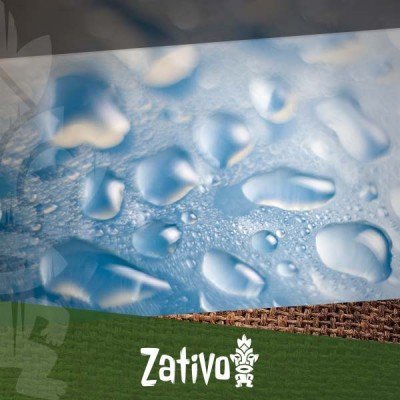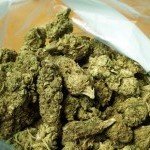Don't have an account?
Register NowYou have to add to cart at least 5 bottles or any program to make checkout.
- BlogTips to control the humidity in your grow room
Tips to control the humidity in your grow room
Published: July 7th, 2016
Categories:
Cannabis Cultivation
When you are creating an environmental replica of nature outdoors, you must consider many factors. The best way to simplify each fundamental area of the grow is to think about what the plants need, that being sun, fresh air, earth to grow into and a water supply from somewhere.
However, temperature and humidity is often overlooked by many growers who struggle to maintain comfortable temperatures. This being said, understanding how much humidity should be available to the plants during certain stages of the plant's’ life cycle is essential. Humidity is the amount of water vapour present in the air given as a percentage and as in nature, there is a fluctuation in this percentage.
What do my plants need during the growing phase?
Low humidity means there is a faster evaporation rate above the soil. If you imagine the root system of a new growing plant is quite small, then the plant is required to absorb more available water from the air through its leaves. Almost like a permanent foliar feed, the plants during the growing phase enjoy high humidity levels. Aim to hit a percentage reading of around 70%. Seedlings and newly rooted clones prefer around 60% - 70% and you will ease that figure down to 40% prior to flowering. The switch down must be gradual so the plants can make a smooth natural transition, as you are replicating the different conditions during Spring to Summer.
What humidity do my plants need during the flowering phase?
Once your roots have really established themselves during the growing phase, you can now begin to create an environment with a low humidity level. The reason for this is the plants can now feed much better through the root system and also to prevent mould from occurring on the plants. Many inadequately vented grow rooms can cause heat to rise up and during ‘ lights out ’ at night, the heat must turn to water and can land tiny droplets on the buds. Aim to get your humidity levels at 50% and do not exceed and reduce to 40% for the last 5 weeks of blooming.
Tips to keep humidity up :
There are some old school methods can the bedroom grower can incorporate which involve spraying the floors and walls. Something as simple as a wet towel placed on the floors around the grow room can be enough to add water into the air. You can add a tray of water into the room and let that sit to evaporate. If you require a more permanent solution then a dehumidifier is necessary. This handy tool will turn water into water vapour ensuring you have a constant supply of water vapour in the grow room.
Tips to keep humidity down:
The most efficient way to keep humidity down in your grow room is to exhaust all of the hot air out. Aim to keep the new air flow colder and with the exhaust fan pulling more air out than during the growing phase. This can be difficult sometime as depending on the status of the humidity from outdoors, you can not always ensure the water levels in the air are low to begin with. Use a dehumidifier in the same way it would be used for increasing humidity but this time you're removing the water from the ar. Inside the dehumidifier will be a tray of converted water that you can remove from the grow room, place back inside for the device to convert more water vapour back to water.





